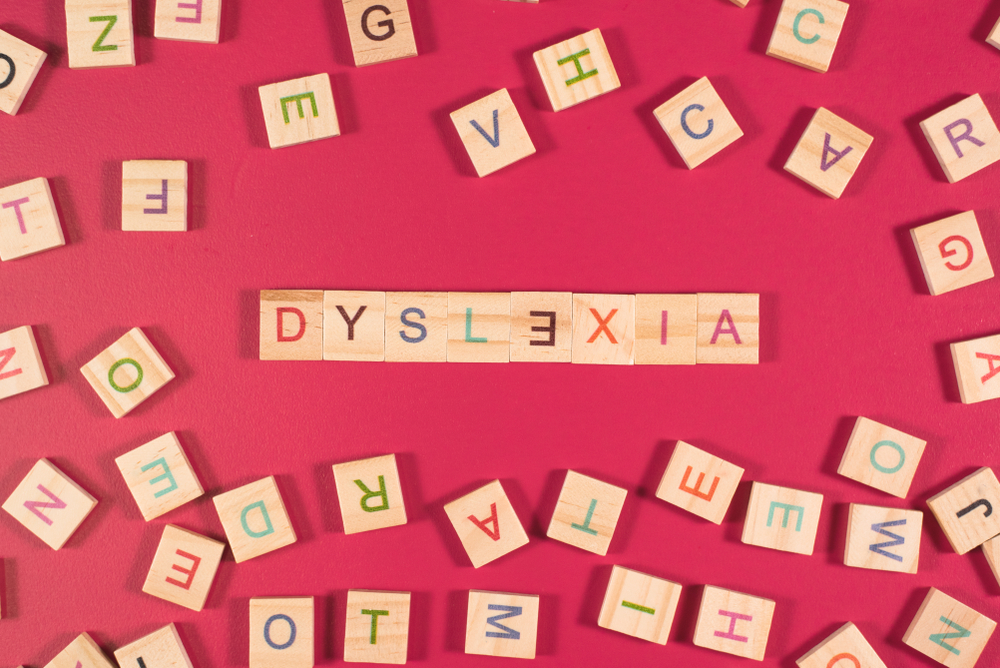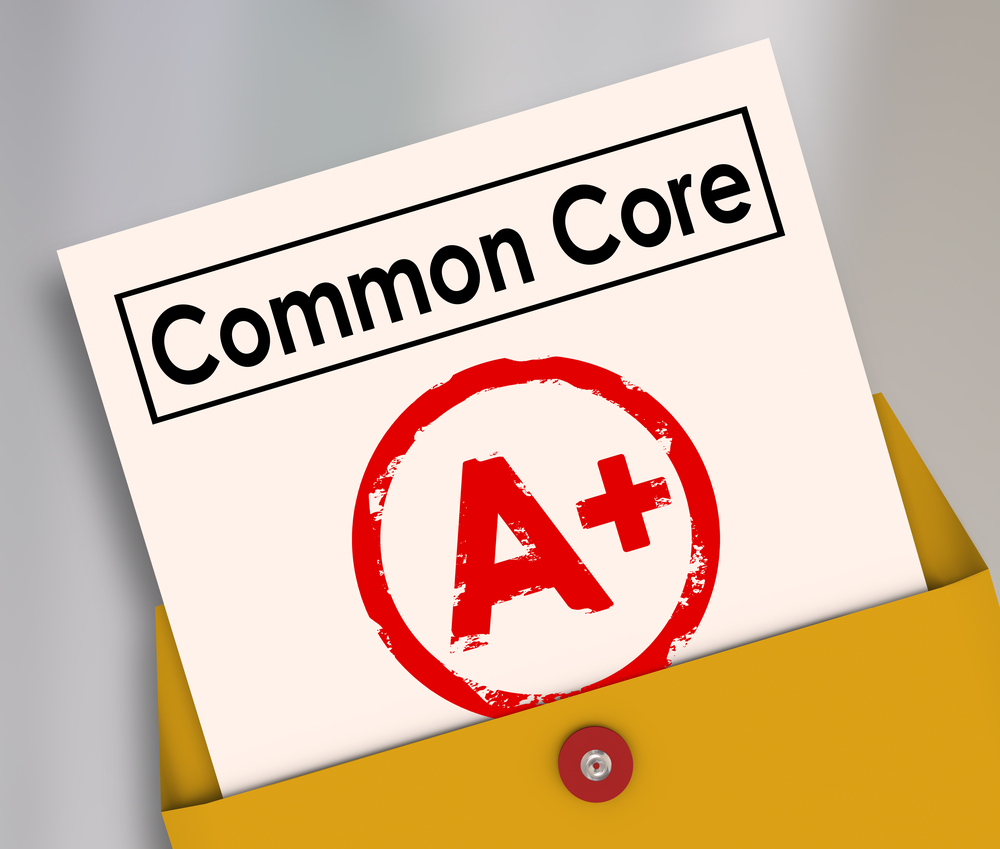Understanding Sequences Normal Worksheets for Ages 3-8
9 filtered results
-
From - To
"Understanding Sequences Normal Worksheets for Ages 3-8" from Kids Academy boost your child's cognitive skills through engaging, age-appropriate activities. Designed by educational experts, these printables enhance logical thinking by guiding children through patterns, ordering, and sequencing exercises. Bright and colorful, our worksheets are tailored for young learners to grasp the concept of sequencing in a fun and interactive way. Help your child develop critical problem-solving skills and improve their ability to recognize and predict sequences—all essential tools for their educational journey. Perfect for both classroom use and at-home learning, start now to build a strong foundational knowledge in sequencing.
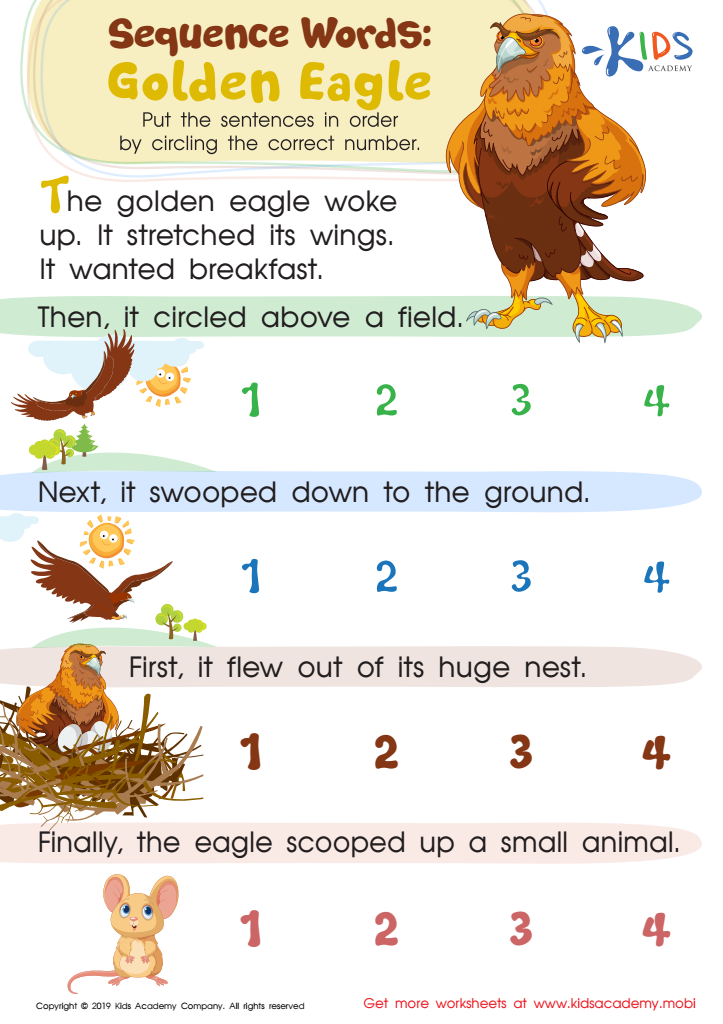

Sequence Word Eagle Worksheet
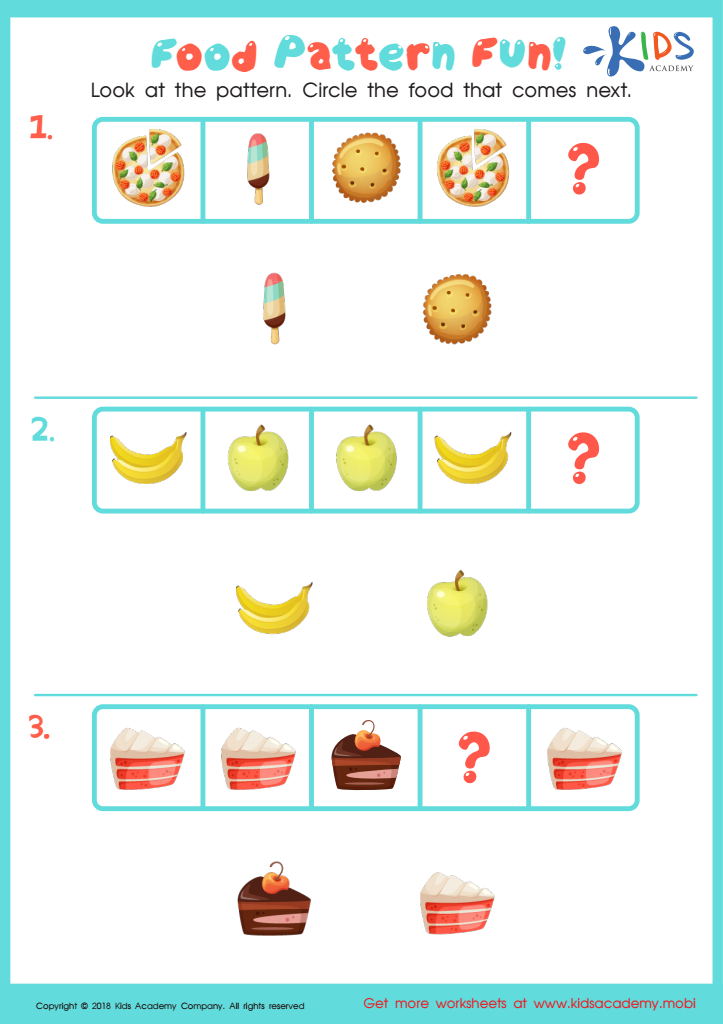

Food Pattern Fun Worksheet
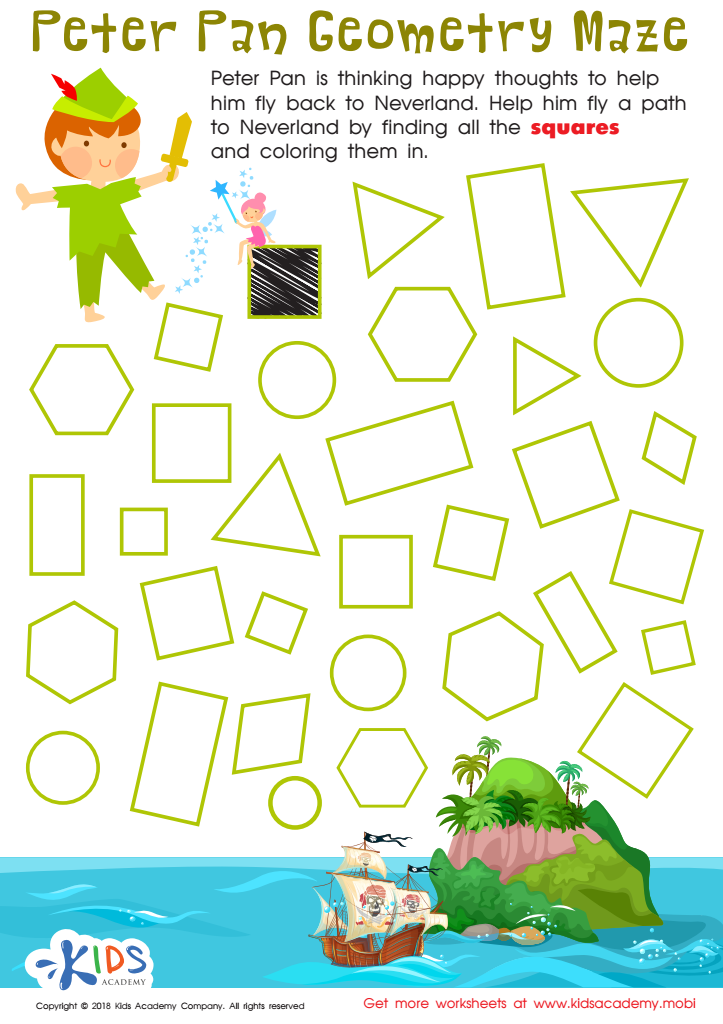

Peter Pan Worksheet
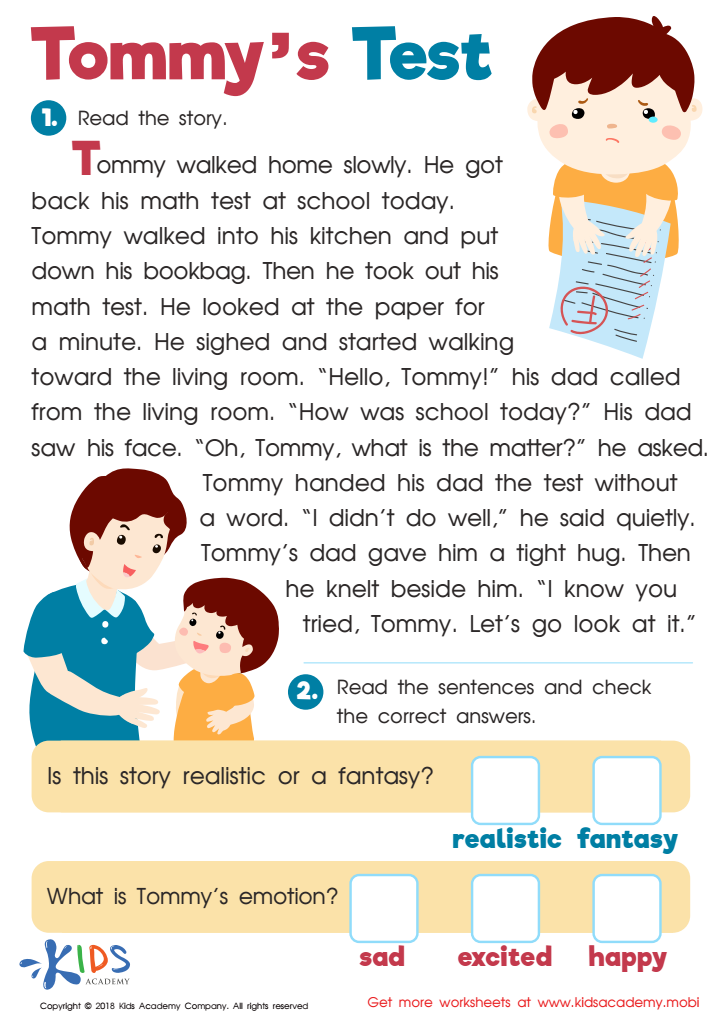

Tommys Test Worksheet
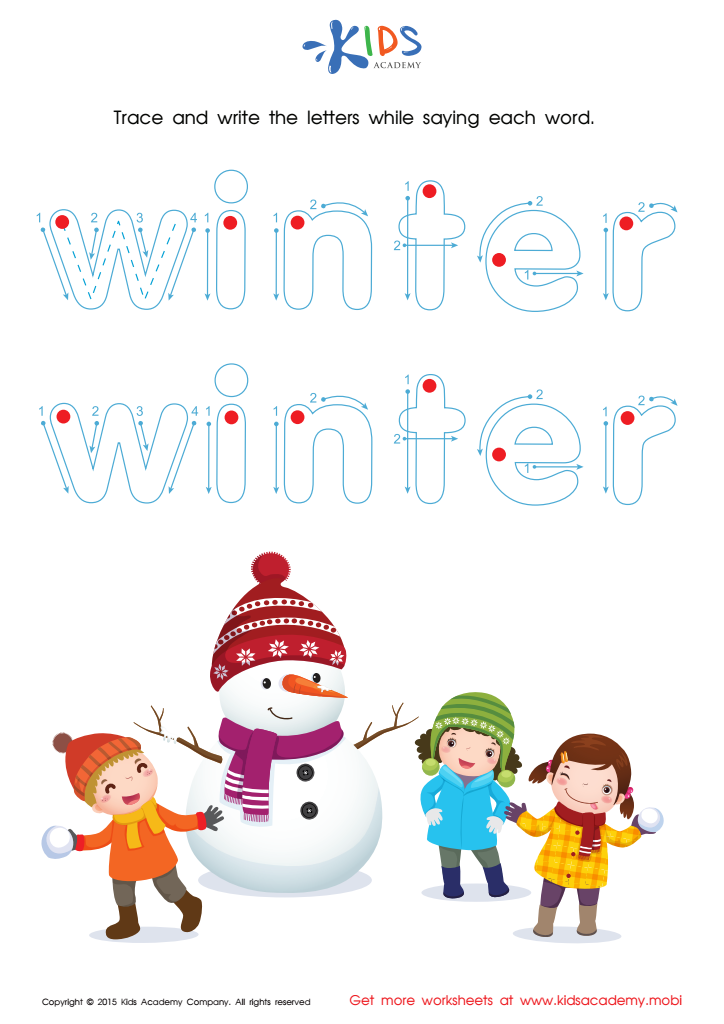

Snowman Tracing Winter Words Worksheet
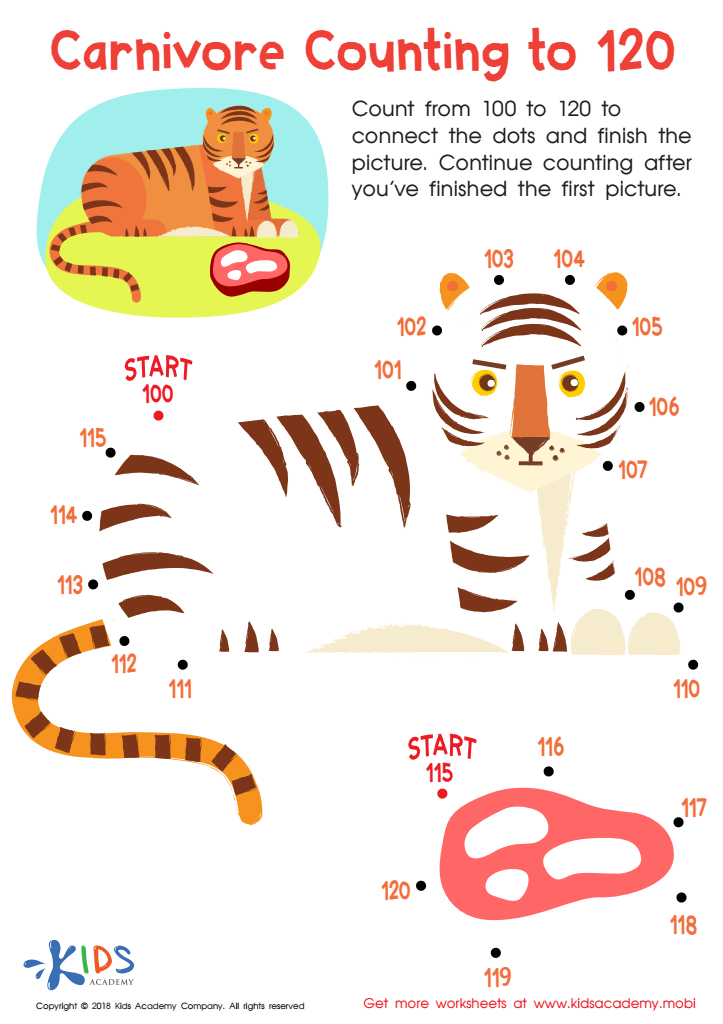

Carnivore Counting to 120 Worksheet
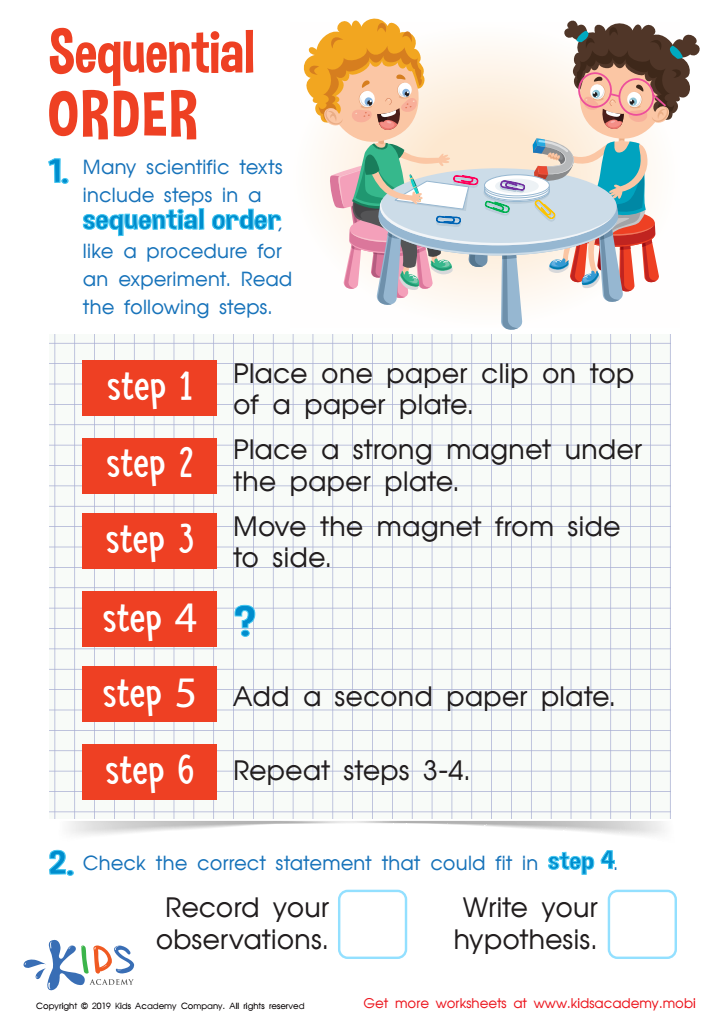

Sequencential Order Worksheet
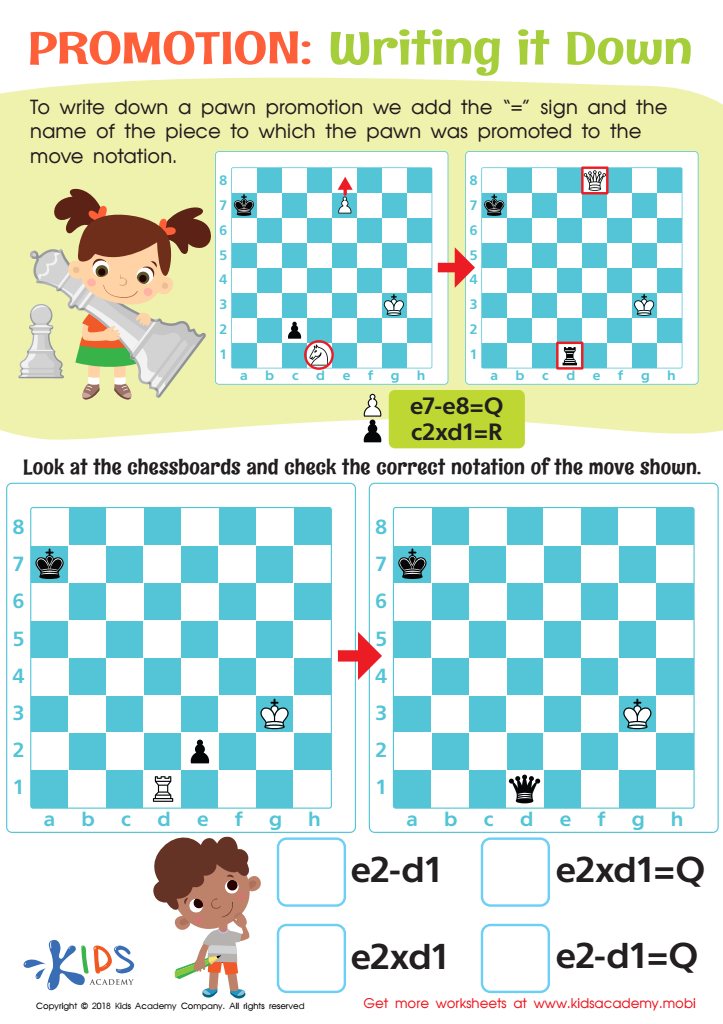

Writing it Down Worksheet
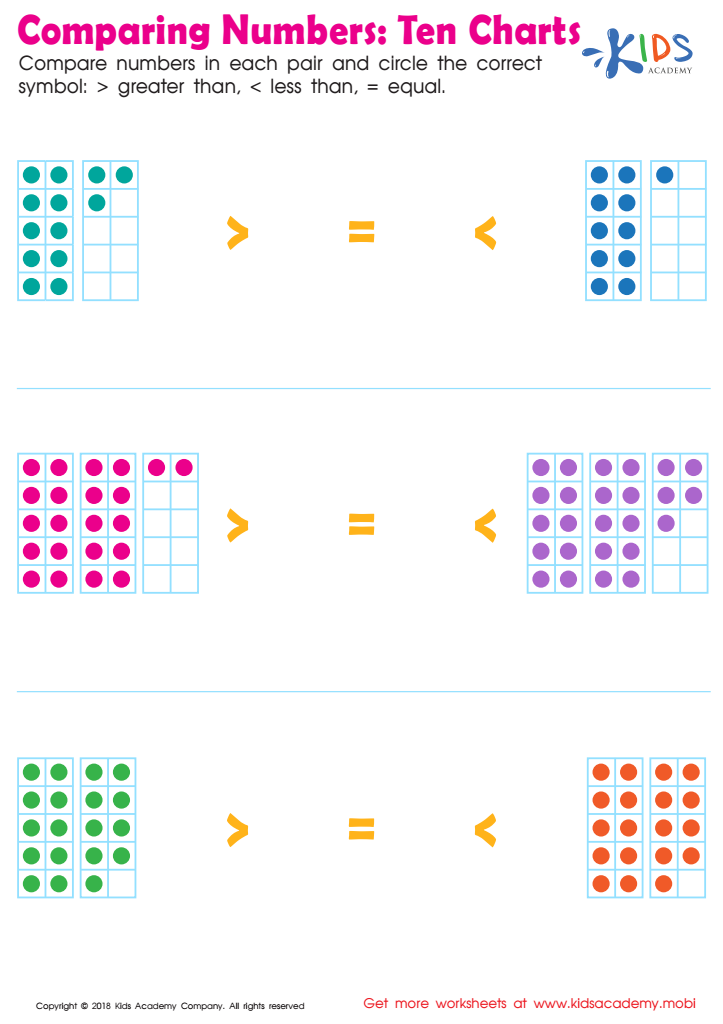

Ten Charts Worksheet
Understanding sequences is crucial for young children aged 3-8 because it lays the foundation for essential cognitive and academic skills. Sequences involve recognizing patterns and following a logical order, which are fundamental in both daily activities and school subjects. When children learn to understand sequences, they enhance their ability to organize thoughts, follow instructions, and predict outcomes, all of which are important skills for problem-solving and critical thinking.
From a practical standpoint, sequences help children manage routines and understand the flow of events, such as the steps needed to get dressed or the order of activities in their daily schedule. This understanding fosters independence and confidence, as children can anticipate what comes next and act accordingly.
Academically, an early grasp of sequences bolsters mathematics and literacy skills. In math, for instance, recognizing numerical patterns and the order of operations is vital. In literacy, understanding the sequence of events in a story aids comprehension and retention. Moreover, sequencing supports language development as kids learn to arrange thoughts and describe events coherently.
Parents and teachers play a pivotal role in nurturing this skill through activities such as sequencing games, storytelling, and daily routine planning. This deliberate focus on sequences equips children with a skill set that supports all areas of learning and everyday life.
 Assign to My Students
Assign to My Students



